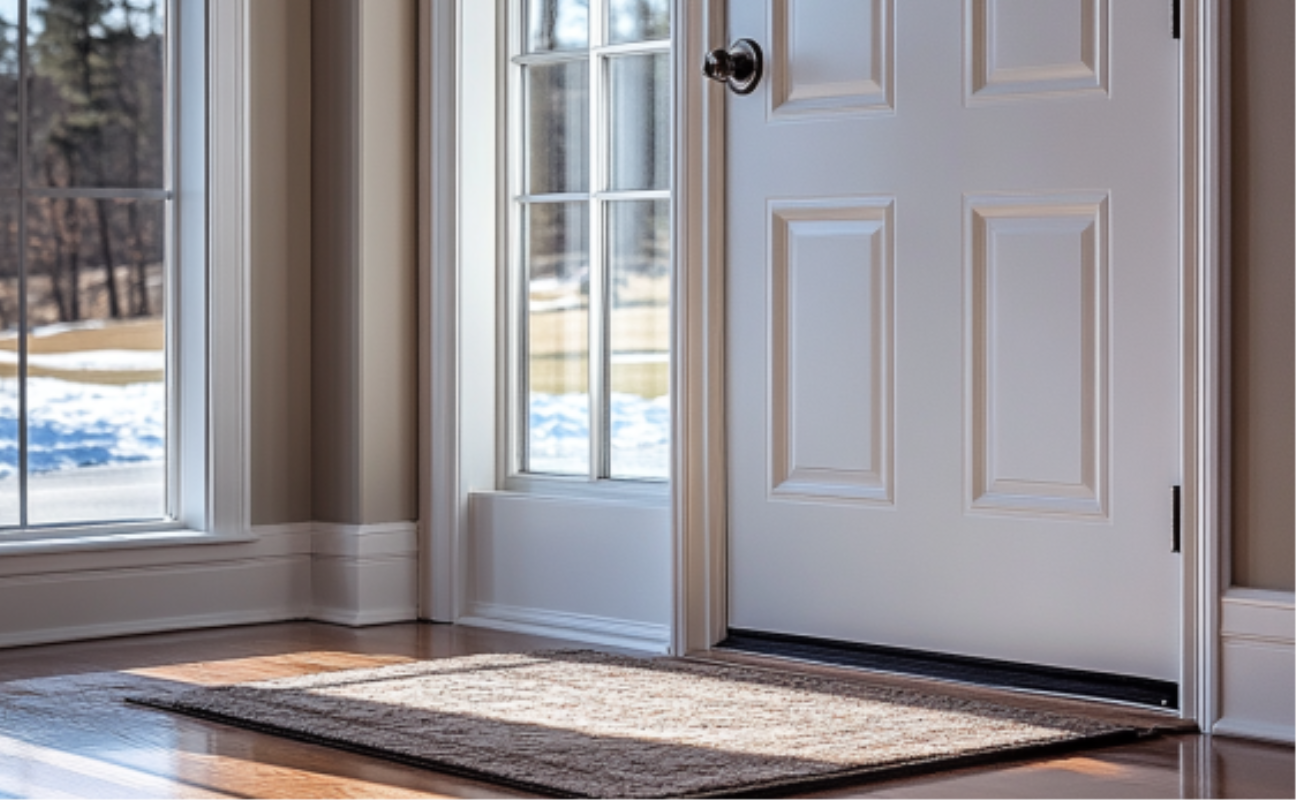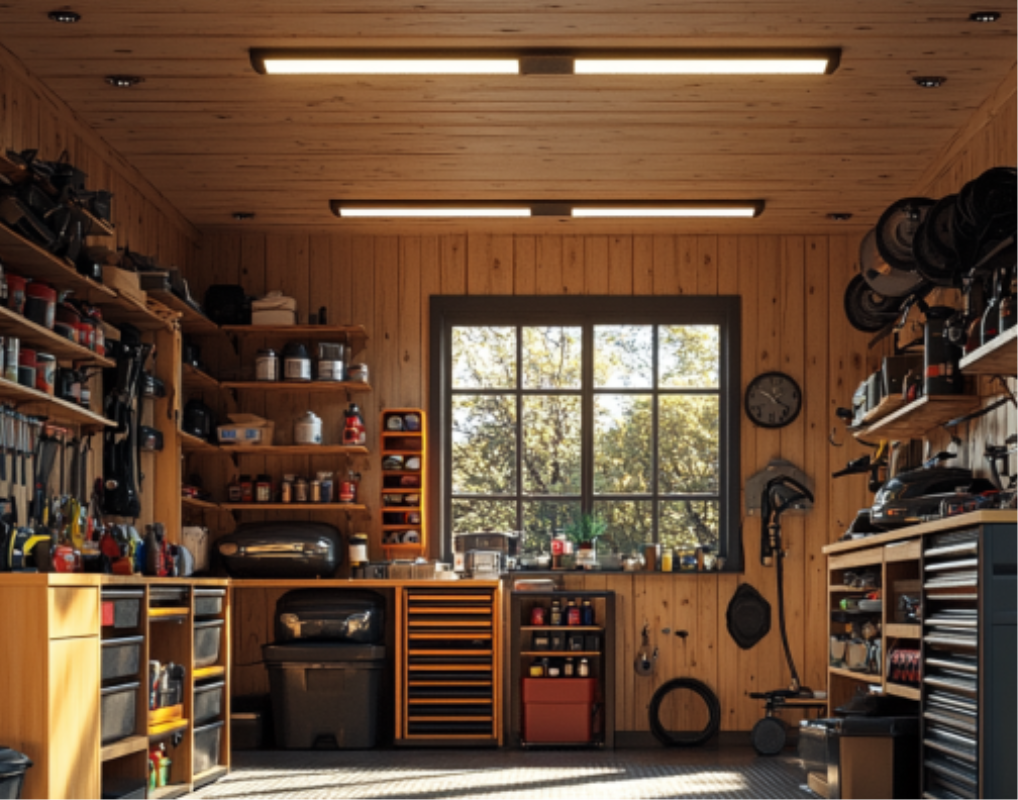Winter is here, and with it comes chilly temperatures and the dread of skyrocketing utility bills. But fear not! We've got you covered with some practical tips to help you insulate your home and keep those bills in check. Whether you're a homeowner or a renter, these simple yet effective strategies will help you stay cozy and save some bucks.
But before we get started, insulating your home offers many benefits beyond just keeping you cozy during the winter months. Here are a few advantages that come with proper insulation:
- Energy Efficiency: Insulation helps to create a more energy-efficient home by reducing heat loss in the winter and heat gain in the summer. This means lower energy bills and reduced environmental impact.
- Improved Comfort: Proper insulation helps maintain consistent temperatures throughout your home, ensuring a comfortable living environment year-round. Say goodbye to chilly drafts and fluctuating temperatures!
- Noise Reduction: Insulation not only helps keep the cold out, but it also acts as a barrier to outside noise. Enjoy a quieter and more peaceful living space, free from unwanted sounds.
- Increased Property Value: A well-insulated home is an attractive feature for potential buyers. Investing in insulation can increase your property value and make your home more marketable.
- Sustainability: By reducing your energy consumption through insulation, you're making a positive impact on the environment. Insulation helps to lower greenhouse gas emissions and promote a more sustainable lifestyle.
Now grab a warm drink, snuggle up, and let's dive into the best ways to insulate your home this winter!
1. Seal Those Drafts
Drafts are sneaky culprits that can make your home feel like an igloo. Inspect your doors and windows for any gaps or cracks and seal them up with weatherstripping or caulk. It's a quick and affordable fix that can make a huge difference in keeping the cold air out and the warm air in.
2. Beef Up Your Insulation
Adequate insulation is key to keeping your home warm and energy-efficient. Check your attic, walls, and floors to ensure they are properly insulated. If you notice any gaps or insufficient insulation, consider adding more insulation. It's an investment that pays off in the long run by reducing heat loss and lowering your heating bills.
3. Dress Your Windows
Windows are notorious for letting heat escape. Combat this by using heavy curtains or thermal blinds to keep the warmth inside. You can also use window insulation film or thermal shades to create an extra barrier against the cold. Don't forget to open the curtains during the day to let the sun's natural warmth in and close them at night to trap the heat.
4. Mind the Gaps
Gaps around electrical outlets, light switches, and pipes can also contribute to heat loss. Install foam gaskets behind outlet and switch plates to insulate them, and use expanding foam or caulk to seal any gaps around pipes. These small and often overlooked areas can add up to significant energy savings.
5. Insulate Your Water Heater and Pipes
Don't forget about your water heater and pipes! Wrapping your water heater with insulation blankets helps to keep the water hot for longer, reducing the need for constant reheating. Additionally, insulating hot water pipes prevents heat loss as the water travels from the heater to your faucets, reducing energy waste and saving you money.
6. Get Cozy with Rugs and Curtains
Adding rugs to your floors and using thick curtains not only adds a touch of coziness to your home but also acts as an extra layer of insulation. Rugs help to prevent heat loss through the floor, while curtains provide an additional barrier against cold drafts from windows.
7. Use Draft Stoppers
Say goodbye to cold drafts sneaking in from under your doors with the help of draft stoppers. These handy tools can be placed along the bottom of doors to block out cold air and keep the warmth inside. You can easily find them at your local home improvement store or even make your own with some fabric and rice.
8. Insulate Your Attic
Heat rises, and a poorly insulated attic can let that valuable warmth escape. Consider adding insulation to your attic to prevent heat loss and keep your home cozy. Consult with a professional to determine the best insulation type and thickness for your specific needs.
9. Upgrade Your Thermostat
Investing in a programmable thermostat can help you save energy and money by automatically adjusting the temperature based on your schedule. Set it to lower the heat when you're away or asleep, and to warm up the house before you wake up or return home.
10. Optimize Natural Sunlight
Take advantage of the sun's free heat by keeping your curtains open during the day, especially on south-facing windows. This allows sunlight to naturally warm up your home. Just remember to close them at night to retain the heat.
11. Maintain Your Heating System
Regular maintenance of your heating system ensures optimal efficiency and longevity. Schedule professional inspections, cleanings, and tune-ups to keep your system running smoothly and avoid any unexpected breakdowns during the winter months.
12. Utilize Ceiling Fans
Did you know that ceiling fans can be useful during the winter too? By reversing the direction of your ceiling fans to clockwise, you can help push the warm air down from the ceiling and into the room. Set your fans to a low speed to distribute the heat more evenly, keeping you cozy throughout.
13. Layer Up
Dressing in layers is fashionable and can help you stay warm without relying solely on your heating systems. Bundle up with warm clothing and use cozy blankets to keep yourself comfortable indoors. Embrace the winter fashion while keeping the chill at bay.
By applying these practical tips, you can create a warmer and more energy-efficient home this winter, ensuring your comfort while reducing your energy consumption and utility bills. Stay cozy and enjoy the season without breaking the bank. Happy insulating!







